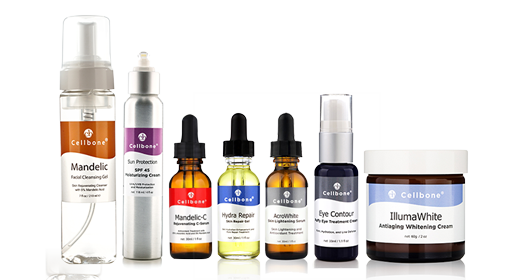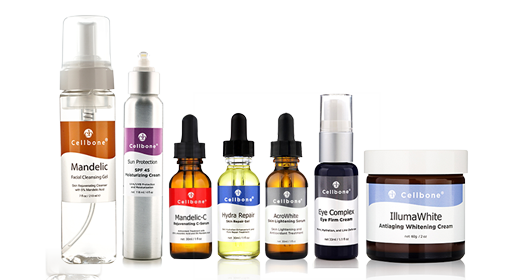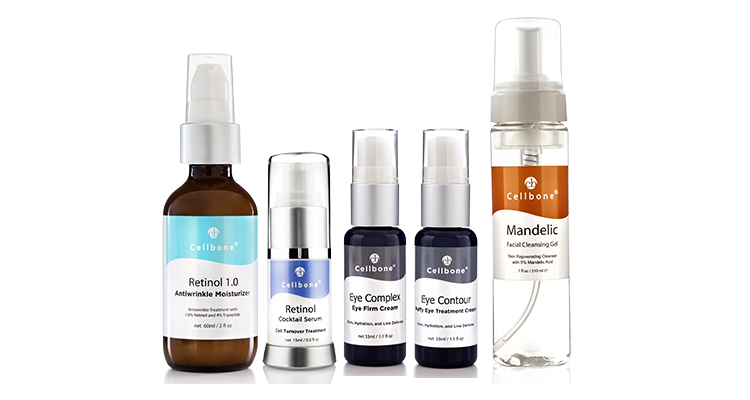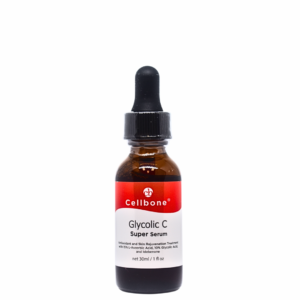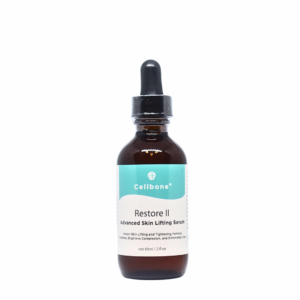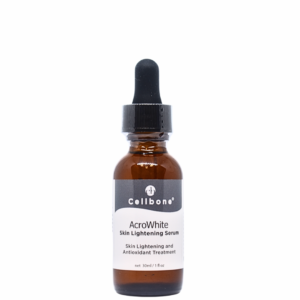THE ULTIMATE GUIDE TO
Pigmentation

Signs of Pigmentation
Pigmentation is the uneven colour distribution on the skin’s surface. The term pigment refers to the colour of the individual’s skin. Pigmentation can manifest as freckles, dark patches of skin, post-blemish scarring, stubborn acne scarring or flat red or skin coloured spots most commonly known as sunspots.
Melasma, sometimes called the pregnancy mask, is the appearance of darker splotchy, pigmented areas on the face, caused by considerable hormonal changes or sun exposure. Melasma is harder to treat and slightly more prominent in people with darker skin tones. Melasma is harder to treat because the influencing factors are more difficult to remove from a person’s day-to-day life. Melasma typically appears as symmetrical blotchy patches on the cheeks, bridge of the nose, forehead, upper lip and chin.
Hyperpigmentation is different from pigmentation and refers to the overproduction of melanin, the pigment that gives skin its colour, causing dark spots to appear on the face or body.
Vitiligo is the loss of skin pigment, causing white or pink patches of skin on the body or face, even inside the mouth or in the hairline. This condition generally shows up in sun-exposed areas first, such as the face, lips, arms, hands and feet. Other signs of vitiligo include premature whitening or greying of hair on the scalp, in the eyelashes, beard or eyebrows.
What Causes Pigmentation?
Pigmentation is generally caused by changes to the way skin pigments are forming. Sizable pigmentation such as melasma are caused by hormonal changes sitting deeper in the skin, while freckles and sunspots form in the superficial skin layers. Hyperpigmentation occurs when too much melanin is created. One instance where melanocytes tend to produce too many melanins is in high temperatures, this is unfortunate as it is not always controllable. Vitiligo occurs when the cells that normally produce melanin stop functioning or die. Pigmentation can also form following inflammation and injury to the skin, such as sun exposure. Pigmentation can be apparent as well in the form of a small brown or red scar after a pimple has been picked or poped.
Common causes of pigmentation are:
- Damaged skin
- Genetics
- Hormonal changes
- Sun exposure
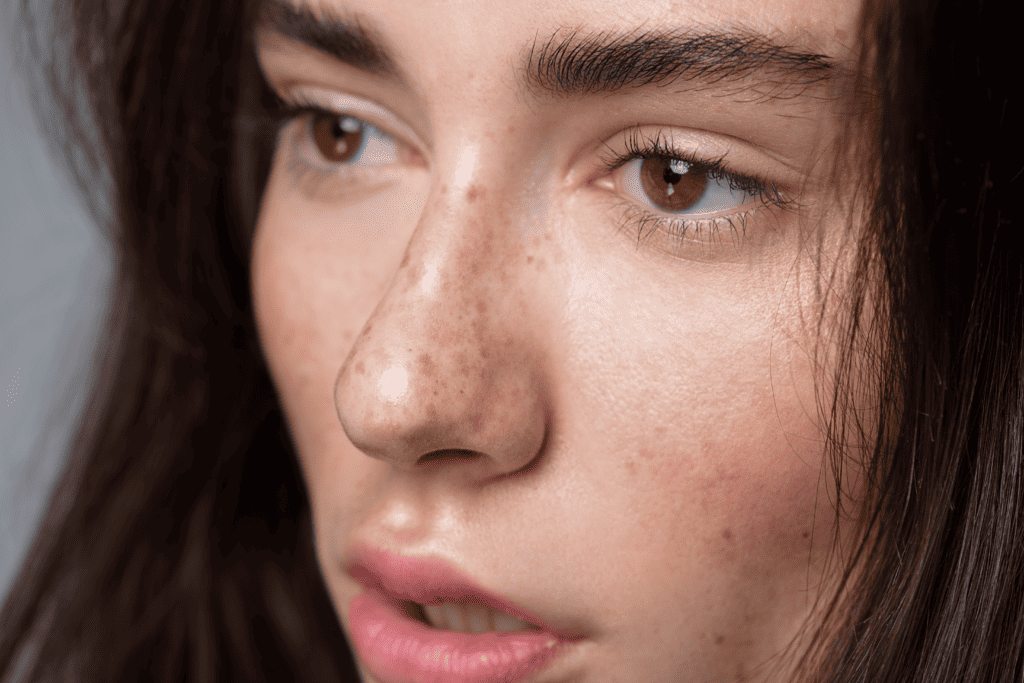
How To Care For Pigmentation
The most important step to caring for pigmentation is to use a sunscreen with an SPF of 30 or above, daily. Sunscreen is the only thing that will ease pigmentation progression in most cases and in addition to SPF, a person should protect the affected skin with a hat or clothing where possible to reduce further pigmentation. If the appearance of pigmentation bothers an individual, they have the option to disguise it with makeup. Hormonally-induced pigmentation like melasma can be cared for with a good skincare regime, specifically including brightening serums that are made with vitamin C, niacinamide, bearberry, liquorice extracts or azelaic acid.
- Chemical exfoliants (made with glycolic, lactic, citric or salicylic acids)
- Makeup
- Physical protection from the sun
- Sunscreen, every day
- Skin products rich in vitamin C
Pigmentation Starter Kits
Morning Routine
Step 1. Mandelic Cleanser
Step 2. Eye Contour Cream
Step 3. Mandelic C
Step 4. Hydra Repair
Step 5. AcroWhite
Step 6. IllumaWhite
Step 7. SPF
Morning Routine
Step 1. Mandelic Cleanser
Step 2. Eye Complex Cream
Step 3. Mandelic C
Step 4. Hydra Repair
Step 5. AcroWhite
Step 6. IllumaWhite
Step 7. SPF
Evening Routine
Step 1. Mandelic Cleanser
Step 2. Eye Cream ( Eye Contour Cream or Eye Complex Cream)
Step 3. Retinol Cocktail / Retinol 1.0 (If you never had Retinol/Vitamin A on your skin start with Retinol Cocktail. Otherwise Use Retinol 1.0)
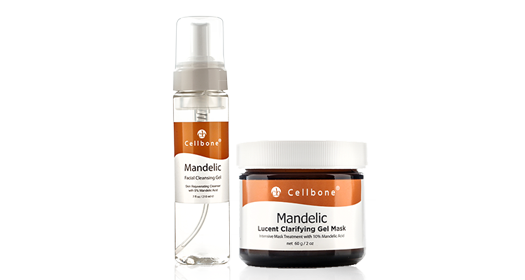
Additional Product Options
- Mandelic Clarifying Gel Mask (once per week)
- Mandelic Toner ( every 2nd night)
Recommended Products For Pigmentation
The Ultimate Guides Series
Become one of our Stockists

Here's What Our Costumers Say



